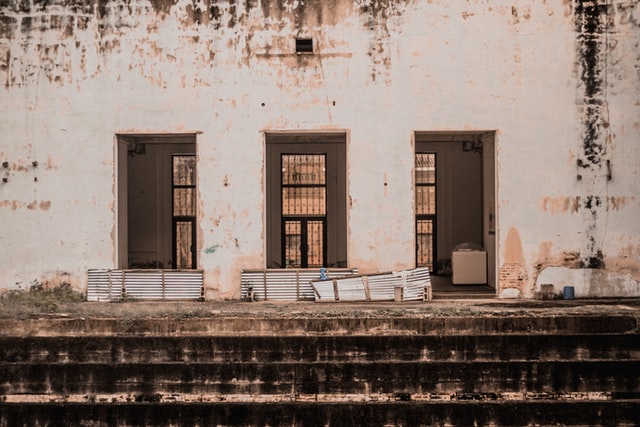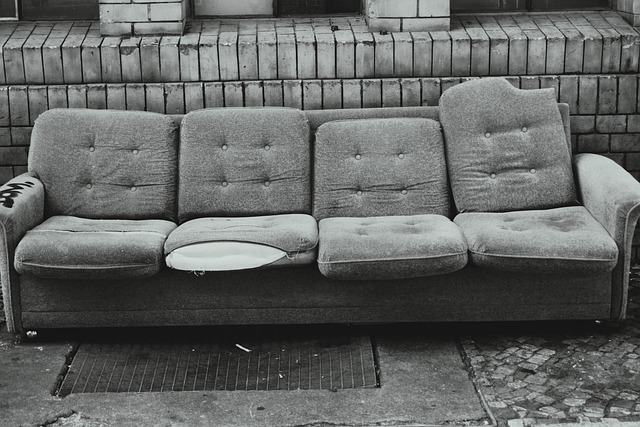
Mold is a versatile living organism that may grow almost everywhere, including moist locations in your house or commercial space.
Mold can develop indoors and outside, especially in bathrooms, kitchens, basements, crawl spaces, and garages. We’ve seen mold in all shapes and forms throughout our extensive endeavor with Dallas Water Mold Fire Restoration.
While mold is often beneficial in the wild (such as for decomposing leaves and organic matter), it can cause problems when it starts growing indoors.
Can black mold kill you?
While black mold is often found in damp, dark areas, it can also grow in any area that has water damage or high levels of humidity. If left untreated, black mold can cause a range of health problems, including
- Respiratory issues
- Headaches
- And skin irritation.
In some cases, black mold exposure can also lead to
- Memory loss
- Anxiety
- And depression.
While black mold is not typically fatal, some experts believe that it may contribute to the development of certain cancers.
If you suspect that you have black mold in your home, it is important to have the area professionally remediated.
In the meantime, try to avoid exposure by wearing a mask and gloves when entering the affected area.
Read more: What Happens When You Have Pneumonia
What type of mold can kill you?
There are many different types of mold, and not all of them are harmful to your health. However, some types of mold can produce toxins (known as mycotoxins) that can cause serious health problems.
Some of the most dangerous types of mold include:
Stachybotrys chartarum (also known as black mold)
Stachybotrys chartarum is a type of mold that can be found in both indoor and outdoor environments. This mold is often black in color, which is where it gets its nickname, “black mold.”
While most types of mold are not harmful to humans, Stachybotrys chartarum produces toxins that can cause serious health problems, including respiratory illness, neurological problems, and even death.
If you suspect that you have black mold in your home or office, it is important to contact a professional cleanup company immediately.
These experts will be able to safely remove the mold and help you avoid any potential health risks.
Aspergillus
Aspergillus is a type of mold that can cause serious health problems in people with weakened immune systems. The spores of Aspergillus are very small and can be inhaled easily.
Once they are inhaled, they can cause a serious lung infection called aspergillosis. People with aspergillosis often experience coughing, chest pain, and difficulty breathing. In severe cases, it can lead to death.
Aspergillosis is particularly dangerous for people who have other respiratory conditions, such as asthma or COPD.
If you have a weakened immune system, it is important to avoid exposure to mold and to seek medical help if you develop any symptoms of aspergillosis.
Penicillium
Penicillium is a type of mold that can be found in soil, on plants, and in decaying food.
While most types of Penicillium are not harmful to humans, some species can produce toxins that can cause infections and even death.
One of the most dangerous toxins produced by Penicillium is called penicillin, which can cause severe respiratory illness and often leads to death.
In addition to causing serious illness, Penicillium can also damage crops and contaminate food. For these reasons, it is important to be aware of the dangers posed by this type of mold and take steps to avoid exposure.
Fusarium
Fusarium is a type of mold that can be found in both indoor and outdoor environments. While it is not harmful to humans or animals, it can cause serious health problems if ingested.
Fusarium produces a toxin known as fumonisin, which can cause liver damage, kidney damage, and cancer. In some cases, it can also lead to death.
If you suspect that you have been exposed to fusarium, it is important to seek medical attention immediately.
While these types of mold are typically found in damp, poorly-ventilated areas, they can also grow in drywall, insulation, carpet, and ceiling tiles.
If you suspect that you have any of these types of mold in your home, it is important to have the area professionally cleaned and remediated.
In the meantime, try to avoid exposure by wearing a mask and gloves when entering the affected area.
Read more: What Happens To Your Body When You Get Rabies
What are the symptoms of black mold exposure?
The symptoms of black mold exposure can vary depending on the person. Some people may experience no symptoms at all, while others may experience a range of health problems.
The most common symptoms of black mold exposure include:
- Respiratory problems, such as wheezing, coughing, and difficulty breathing
- Nasal and sinus congestion
- Eye irritation, such as redness, watering, and itchiness
- Skin irritation, such as rashes and itching
- Fatigue
- Headaches
- Memory problems
- Nausea
- And vomiting
These symptoms can occur immediately after exposure or may develop over time. If you experience any of these symptoms, it is important to see a doctor as soon as possible.
Read more: What Is The Benefits Of Cold Showering For Your Health
How long does it take for black mold to make you sick?
The time it takes for black mold to make you sick can vary depending on the person. Some people may develop symptoms immediately after exposure, while others may not experience any symptoms for weeks or even months.
If you have been exposed to black mold, it is important to watch for any potential health problems and seek medical help if you experience any symptoms.
Read more: What Happens if You Have Too Much Protein
How to get rid of black mold?
While black mold may look unsightly, it can also pose a serious health risk. Inhaling spores from the mold can cause respiratory problems, and exposure to the skin can cause irritation and dermatitis.
If you suspect that you have black mold in your home, it is important to contact a professional as soon as possible. The best way to get rid of the mold is to have the area professionally cleaned and remediated.
In the meantime, try to avoid exposure by wearing a mask and gloves when entering the affected area. By taking these precautions, you can help keep yourself and your family safe from the harmful effects of black mold.
Read more: What would happen if you live in complete darkness
Summary
According to the Centers for Disease Control (CDC), black mold is a type of fungus that can grow indoors on damp surfaces.
While black mold is not typically considered harmful to healthy adults, it can cause health problems in young children, the elderly, and people with weakened immune systems.
In severe cases, black mold exposure can lead to death.
If you think you may have been exposed to black mold, it is important to seek medical attention immediately. While black mold is not always deadly, it can be dangerous and should be taken seriously.




